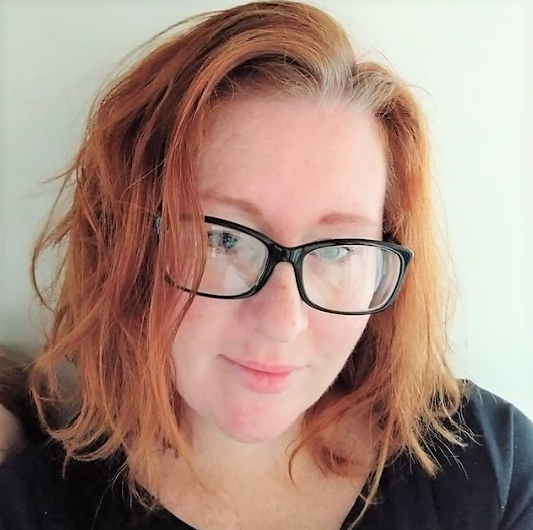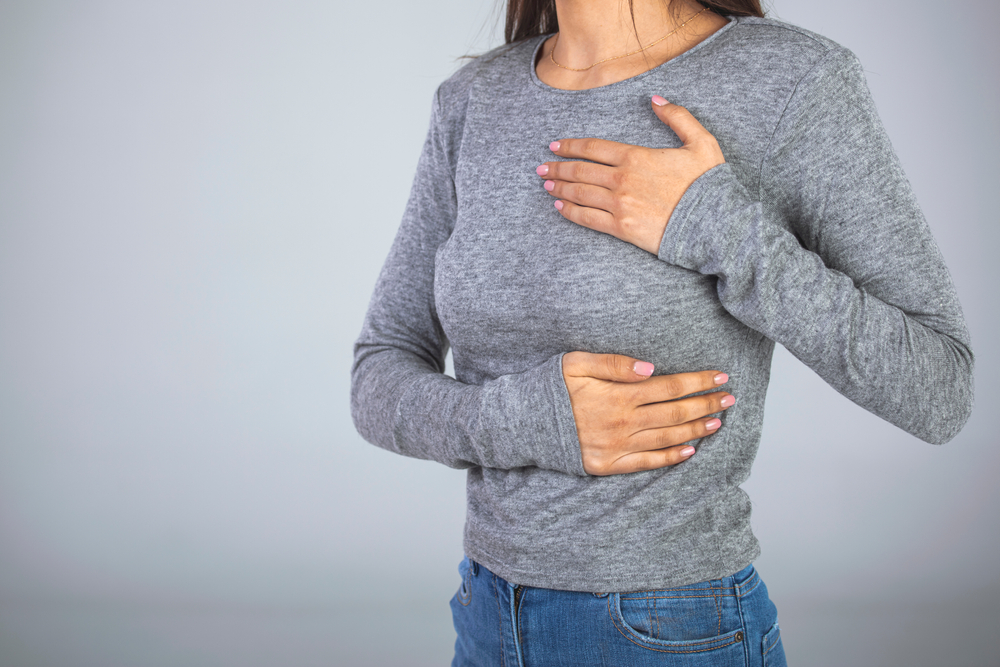What if women’s breasts and nipples were as commonplace and accepted in the same settings as men’s are? And why aren’t they? I talked with friends about this cultural conundrum, more recently demonstrated in social media and press reactions to that dress – or rather those nipples of Florence Pugh’s.
It took place at a South Australian beachside restaurant, where in summer, you’ll see any number of men trying to draw attention to themselves by bathing topless. After dinner we walked a few doors up to Henley Beach’s Ramsgate Hotel, where a ‘no shoes, no shirt, no entry’ system is equitably enforced.
However, as we traversed the front bar, my eyes fell on photos of all-male squads of Lifesavers, bare chests and nipples even more prominent in sepia toned photos. Well-hatted ladies with breasts firmly restrained inside Victorian-era dresses look on in the background, watching the pectoral parade joyfully. I mean, what cis-woman’s loins wouldn’t stir?
Let’s be sensible now. The topless man-bathers of Henley Beach (probably) aren’t using their chest and nips to draw attention to themselves. The vintage Lifesaver blokes weren’t being wantons. But what would be said about female Lifesavers parading in the same cossies, even today? We all know, us breast-havers: ‘[w]hen you want to insult a woman, call her a prostitute.’
The only time women are meant to be able to expose breasts in public without being told to cover up by someone is breastfeeding. And even that evolutionary function, which is a right enshrined in Australian law, still isn’t universally accepted socially. In the US it’s not socially accepted at all.
I’d never seen a woman breastfeed before I tried to do it. Unsurprisingly, holding the nipple-balls they gave us at prenatal classes as stand-ins for our own breasts weren’t much help either. To state the bleeding obvious: they weren’t our breasts, our nipples.
They were soft, pliable balls full of clear silicone gel. Not breast tissue and blood, sore and engorged with golden colostrum or blue-white breastmilk. Looking back, the frigid absence of real breasts, real breastmilk at a ‘breastfeeding seminar’ just seems ludicrous.
What did I expect though? And what would I have made of a bunch of heavily pregnant women, tits out, experimentally shaping their nipples, peering pervily over the shoulder of a breastfeeding woman? I probably would have found it cultish and weird.

Jennifer Zeven wonders why women’s breasts and nipples aren’t as commonplace and accepted in the same settings as men’s. Picture: Supplied
I grew up in the 80s and 90s. I saw women’s bodies fashionably dismembered and served up prettily on the glossy, perfumed pages of women’s magazines. Legs. Lips. Pelvises. Breasts. Raunch culture was on the rise, and continues to be a contentious area for feminists.
Of course, it wasn’t all in the mags. My breasts were already many things to me: memories of comfort and maternal nurture; part of a rite of passage to womanhood and sisterhood; sexuality. For better or worse, my breasts were a big part of my ‘sexual self’.
Breasts being an erogenous part of our bodies isn’t the problem. A friend of mine says, ‘I love my breasts! They always grew down, not out, but were always a great size, and they are a super erotic part of my body. I don’t remember [pregnancy and breastfeeding] causing any sexual interference…my boobs were still awesome, and we both still loved them.’
Unlike hers, my lactating breasts caused a lot of ‘sexual interference’. During our first post-partum bonk, our baby cried half way through. This didn’t seem to affect my husband’s ardor, my body reacted quite differently. My breasts turned into sprinklers.
Graceful arcs of breastmilk landed softly on my husband’s manly chest. The touch and nipple stimulation I once loved consistently triggered a letdown. It’s been over four years since I breastfed my youngest daughter for the last time.
Another of my candid friends told me: ‘I just switched off the breasts-as-sexual-things for part of my breasts for seven years or so’. And I’ve done something the same. My breasts haven’t started feeling sexy again.
Most of the time, Idon’t feel sexy again. Is it a big deal? Life stages change; our energies ebb and flow with them. But I still feel the tension of two archetypal – or should I say stereotypical? – women existing uneasily within me: mother and lover.
I’m not alone there either. I spoke to a woman who said ‘Having grown up in a Christian culture that was very anti-cleavage, it’s hard to get out of the mindset that putting my breasts on display is wrong’. Whether we’re religious or not, the dominant culture in Australia was built on Christianity. There’s that really special version of the virgin/whore dichotomy: the virgin’s a mother too. Holy oxymoron, patriarch!
I was being glib about male ‘topless’ bathers and nipples earlier, but this is why the female nipple taboo and sexualization of the breast is starting to incense more than amuse me. ‘[F]emale breasts/ banned/ unless they’re out just for show’ says Hollie McNish in her brilliant poem Embarrassed. I’ve never fed my child in toilet cubicle or been asked to leave cafes or restaurants while breastfeeding. But I’ve also rarely seen an unsexualised breast.
Quasi-biological explanations of why we sexualise breasts in Western culture in the first place (bigger equals more milk) tend to fall apart in the face of own cultural history, and that of other countries.
As academic Michelle Smith writes, body parts with no connection to genitalia like ‘..legs, ankles, hair, and feet’ either are or have been highly eroticised. What this means for cis-men is ‘you’re not hard-wired to stare at women’s breasts’.
But copping a sneaky eyeful of boob as you pass is pretty harmless. Things like staring, catcalling, harassment, verbal abuse, and violence aren’t. The good news is, you can control your own behaviour. In fact, it’s control which is at the centre of these actions, as Sandra-Lee Bartky writes: ‘…they could have enjoyed me in full silence…But I must be made to know that I am a “nice piece of ass”’.
According to Smith, one thing holds true: covering a sexualised body part with clothing heightens its sexual appeal. I wonder if there were more breasts displayed outside a sexual context, instead of less, we might take some pressure off our bodies?
More lactating boobs, more wrinkly ones supposedly past their ‘best before’ date, more boobs of all types. Sure, it’d be weird, and not compulsory. I’d probably still be the ginger in the full rashie on those high UV days. But As McNish says, ‘…in this country of billboards covered in tits/I think we should try to get used to this’.
- Please note: Feature image is a stock photo. These are not the author’s breasts. Photo: Shutterstock.
Jennifer Zeven writes on her ordinary experiences of motherhood, her body, and the cultural milieu which adds layers of complexity to those things. She is working on her first manuscript.





